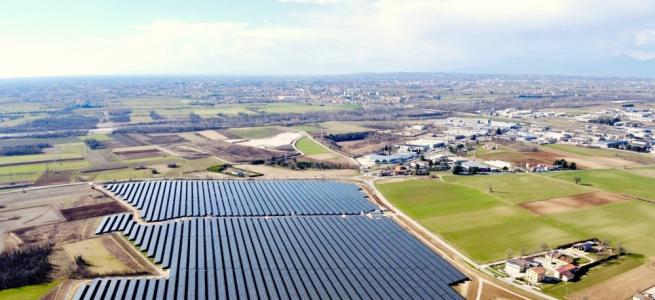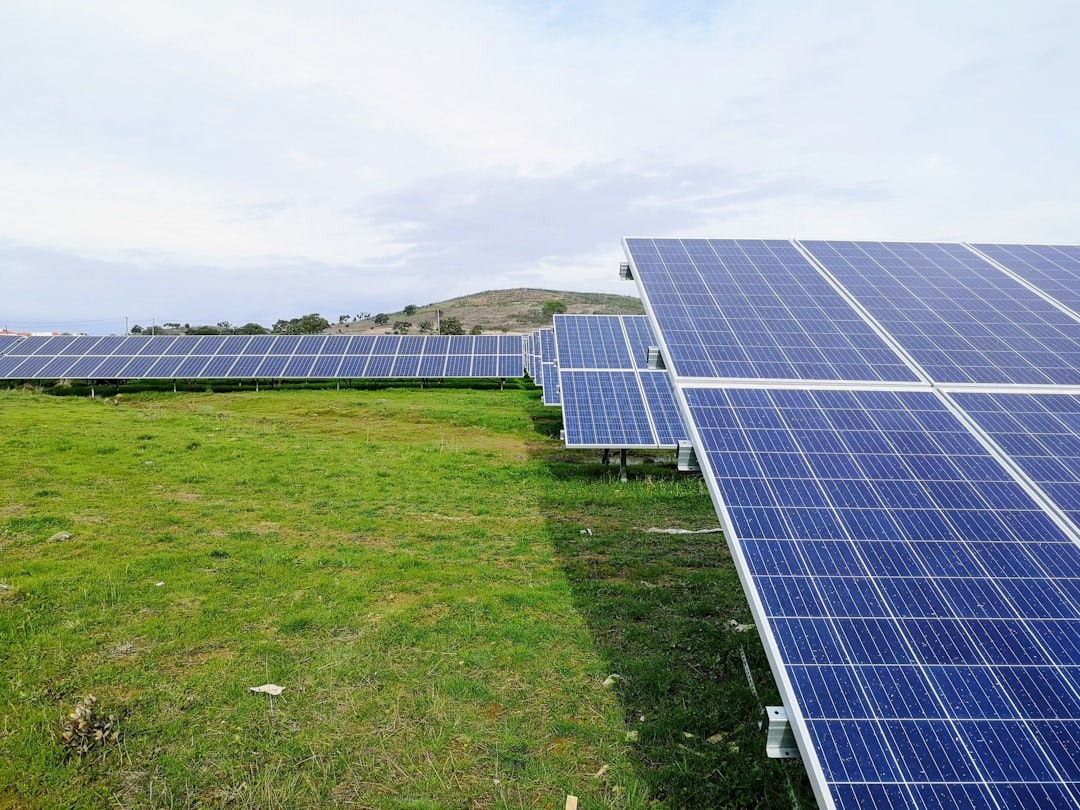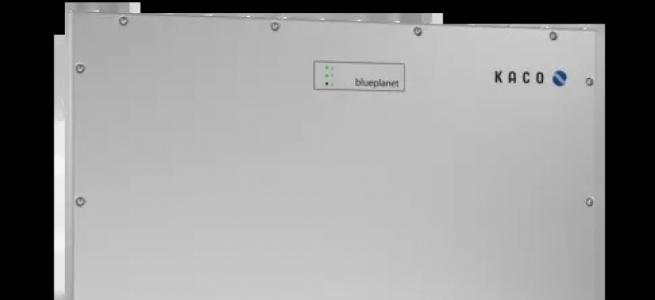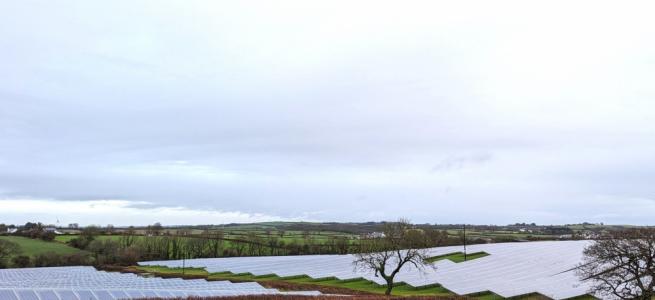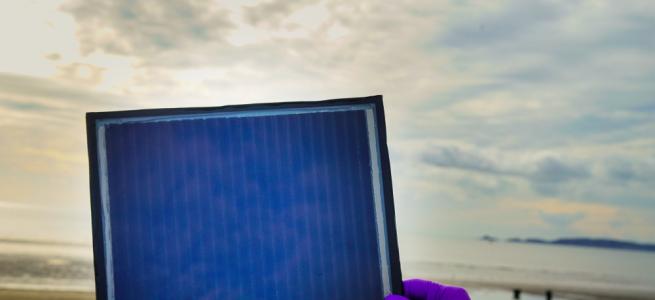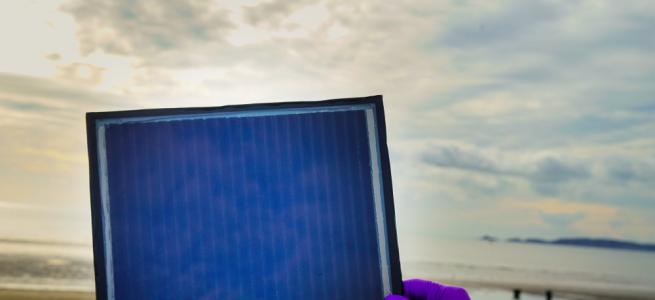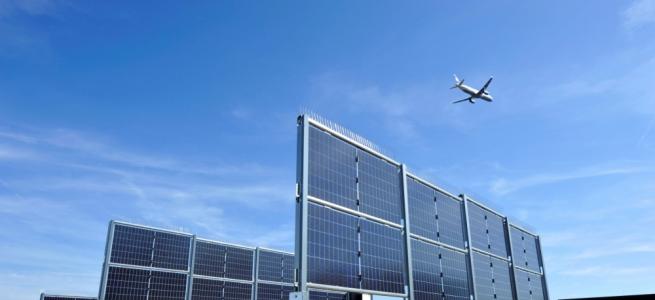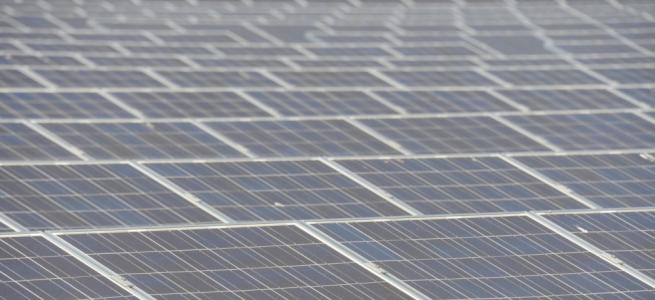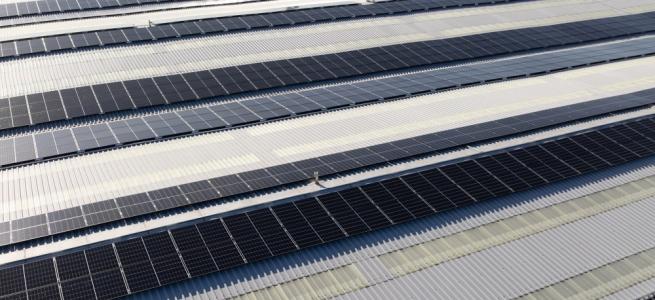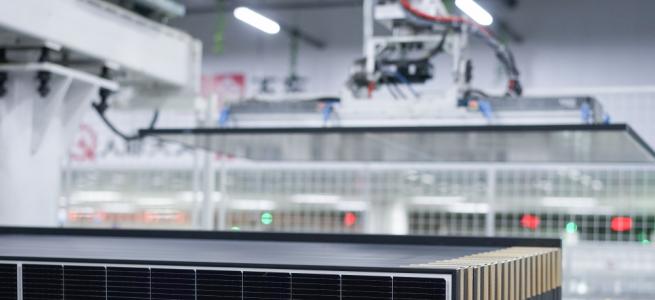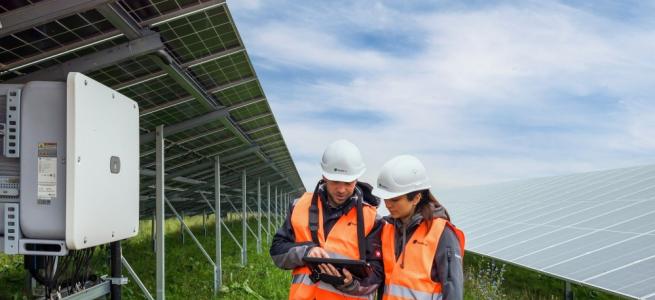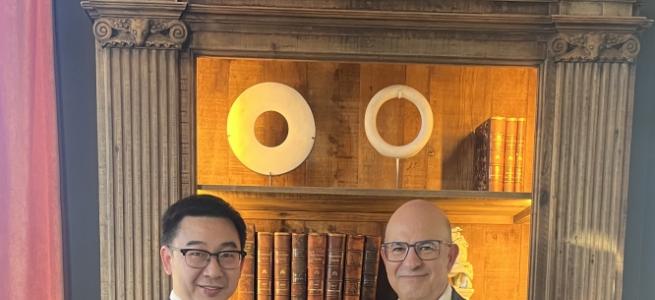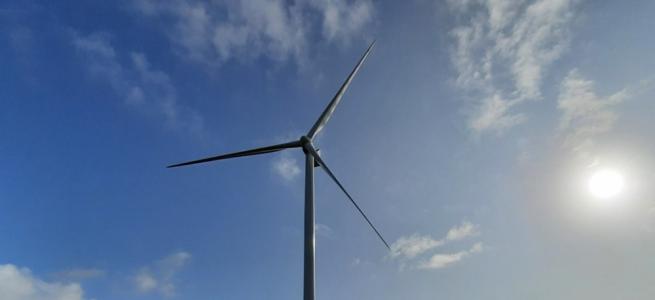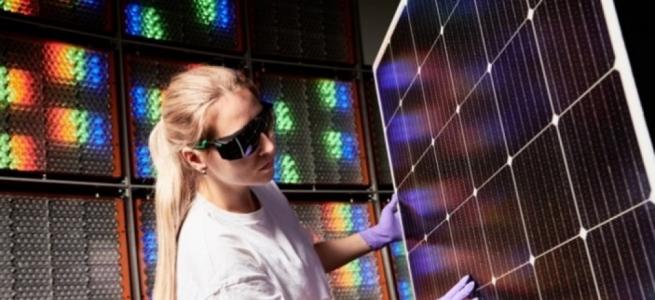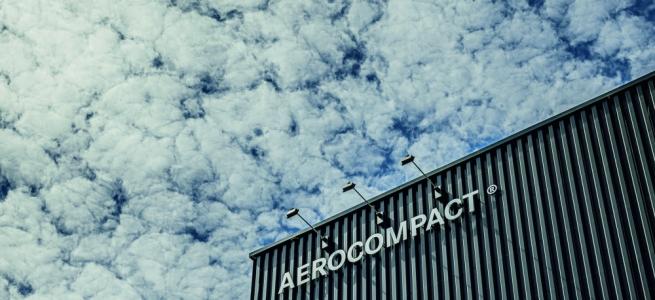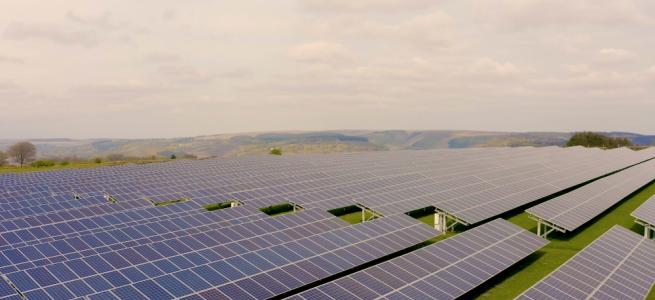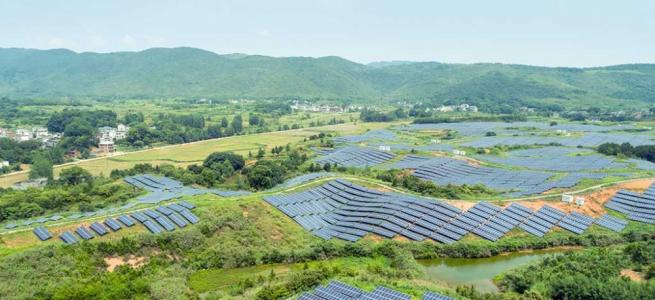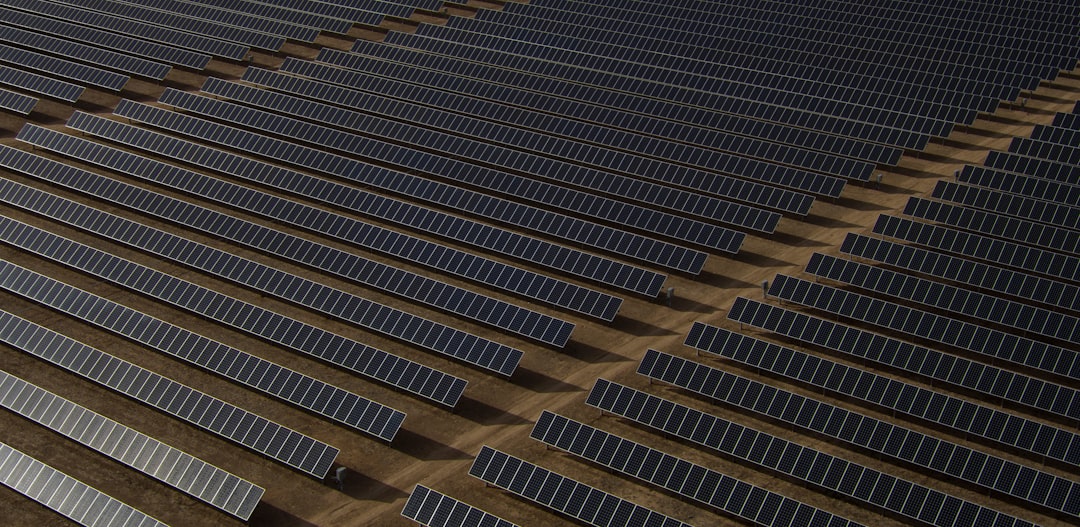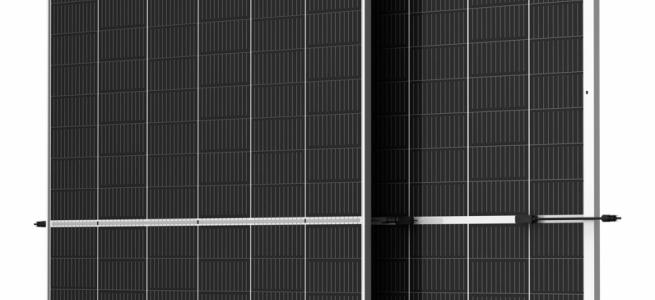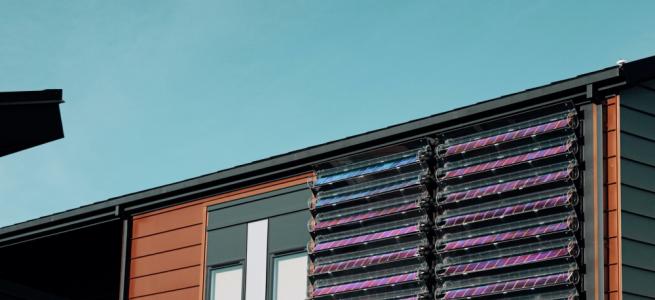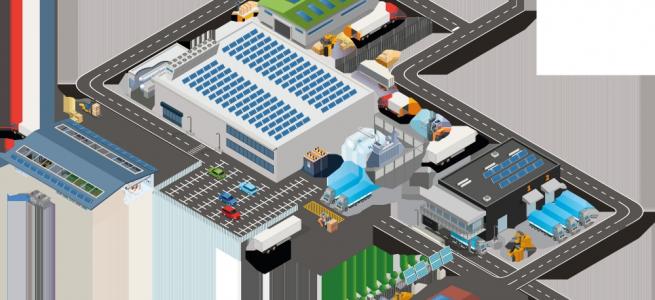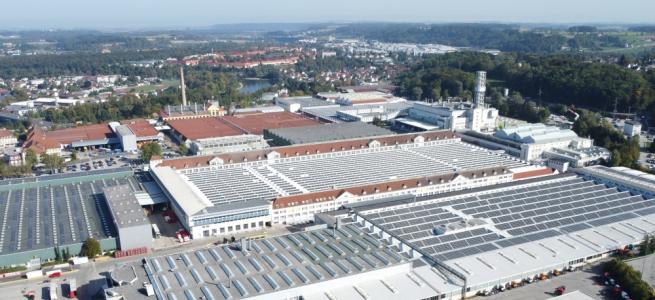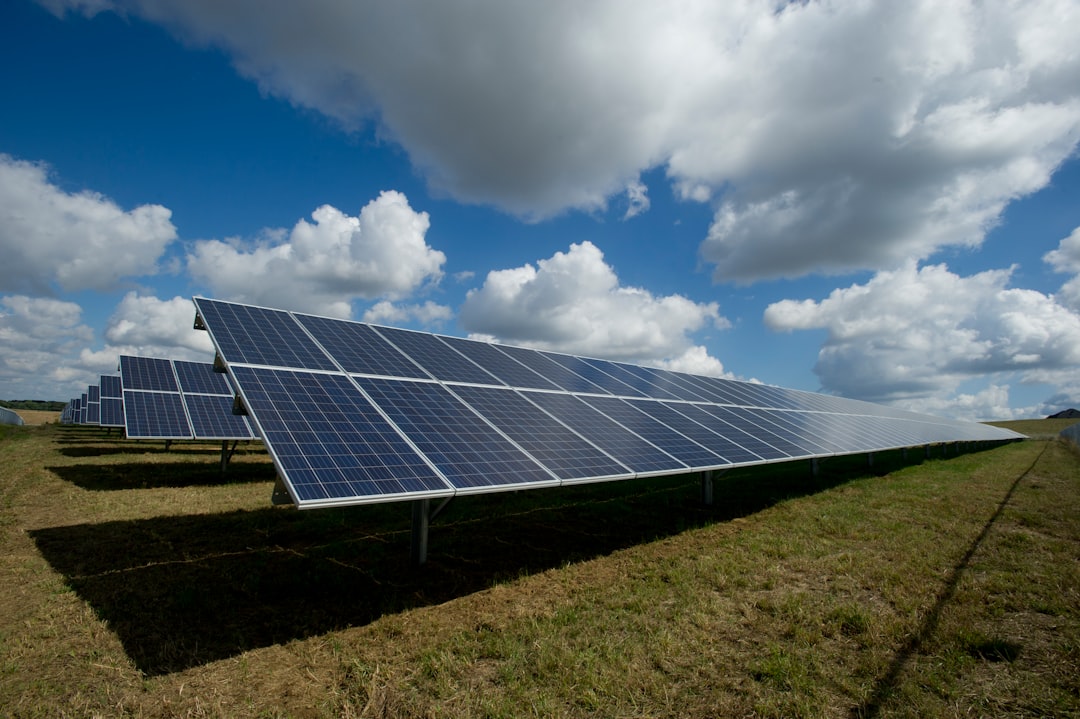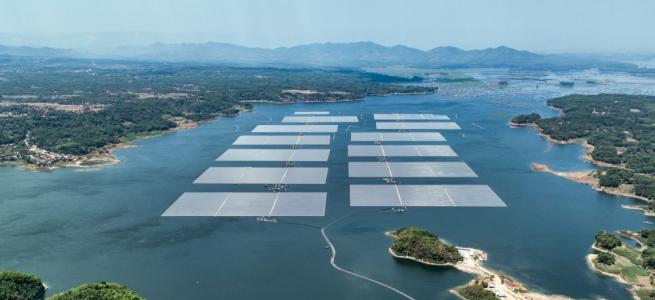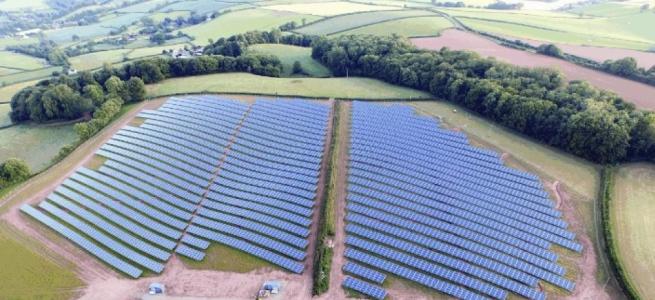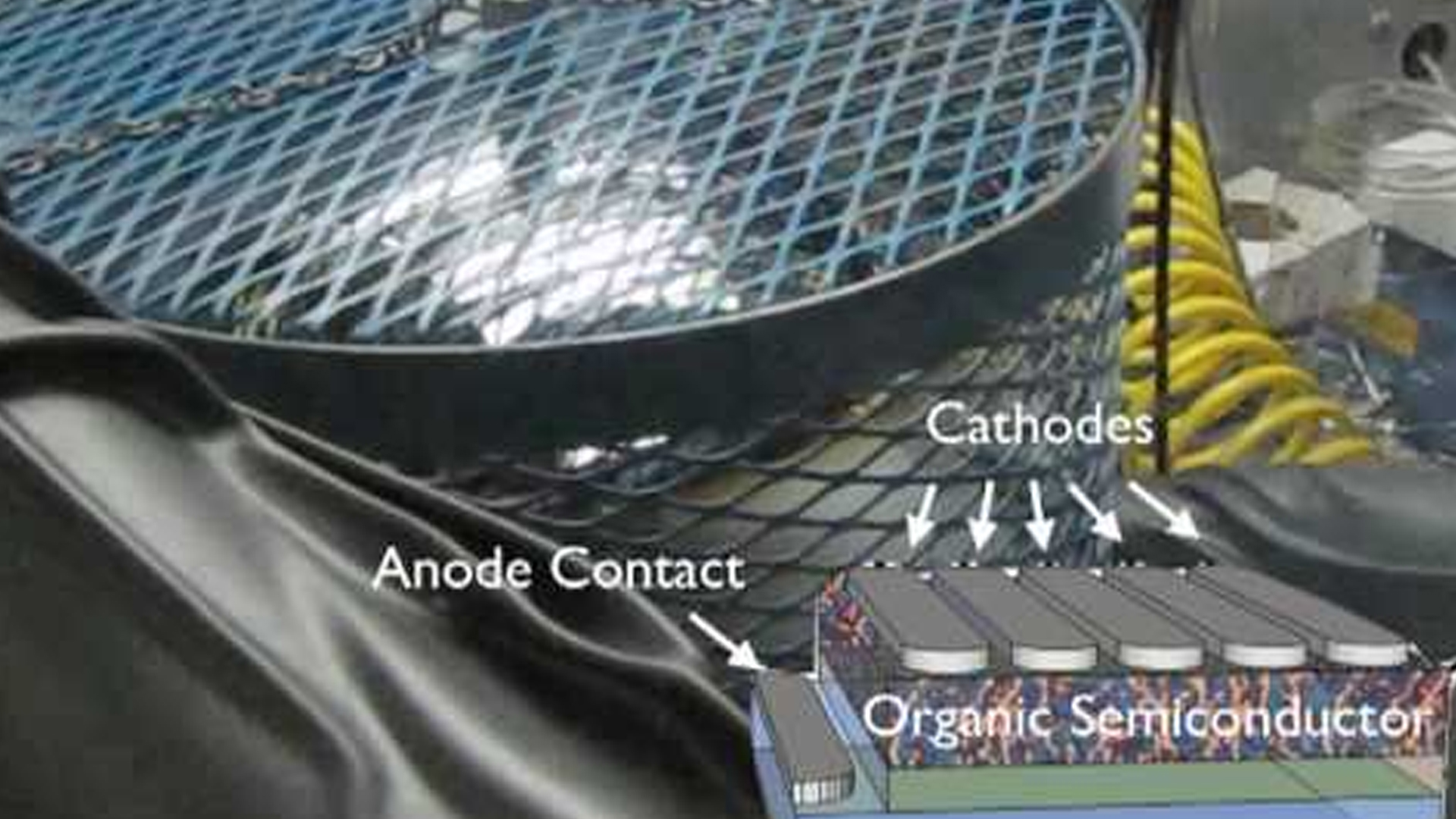Pushing performance to the maximum
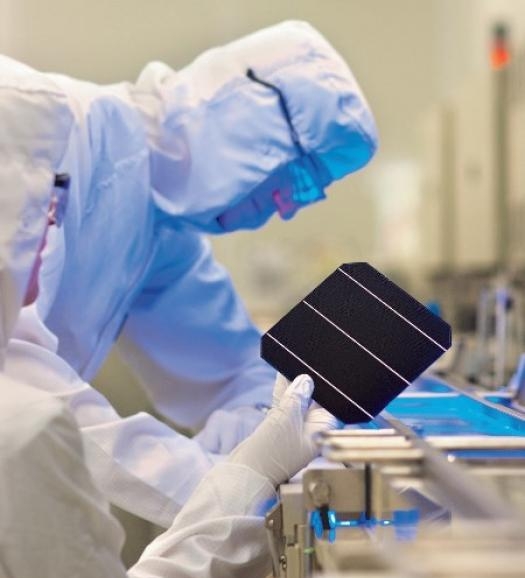
The current methods for PV and solar manufacturing has developed a particular process for each type. Some of these methods are reaching their natural end and manufacturers are seeking higher efficiencies with manufacturing improvements. Filip Duerinckx and Jozef Szlufcik of international research centre imec discuss how to push conventional 2-sided contacted solar cells to its maximum capacity.
About 90% of the silicon solar cells commonly manufactured are based on screen-printed Silver (Ag) front contacts and an aluminium-BSF (Back Surface Field) as rear passivation. The success of this type of cell lies in the relatively low manufacturing cost and straightforward production technology.
But they also have a downside: the typical efficiency on monocrystalline silicon is limited to about 19%. To overcome this hurdle, alternative cell concepts are being developed, such as PERx-type solar cells promising efficiencies of 22% and higher. Researchers at imec have developed n-PERT solar cells, a specific version of a PERx-type cell, with unique properties, achieving as much as 21.5% with a clear roadmap to reach 22.5% .
The PERx family
The main silicon solar cell structure used in industry today is based on the Aluminum Back Surface Field (Al-BSF). It typically consists of a p-type multi- or monocrystalline silicon substrate doped with phosphor on the front side to create an n-type emitter. Silver contacts are applied as front metallization by screen-printing on top of a silicon nitride layer (SiNx) which serves as anti-reflection coating. The rear side is covered completely with screen-printed aluminum, used as contact. Subsequently, a firing step is applied to make good electrical contact between the screen-printed metals and the silicon substrate. During this process, the aluminum alloys with silicon forming a highly doped BSF. This layer passivates the rear side of the cell by means of an electric field and thus reduces recombination of free carriers.
![]()
![]()
![]()
![]()
Figure 1: Structure of an AI-BSF solar cell; a PERC, PERL and PERT.
The drawback of this kind of solar cells is that the efficiency is limited to about 19% on monocrystalline wafers. This is due to the moderate passivation at the rear side which is not sufficient to prevent some recombination losses. Also, the internal reflection at the rear surface is limited to values around 70% so a considerable part of the light is lost by parasitic absorption. Another issue of Al-BSF cells is warping due to a mismatch in thermal expansion coefficient between silicon and aluminum. This will cause problems as substrates get thinner, which is the expected trend in the PV industry in order to save on silicon material costs.
For all these reasons researchers are studying PERx-type cells which promise efficiencies of more than 22%. These cells come in different "˜flavours' but all have two points in common: local contacts next to a dielectric passivation layer (e.g. SiO2, Al2O3) at the rear side. In PERC (Passivated Emitter and Rear Contact cell) cells there is no additional passivation present around the local contact openings (no BSF). In the case of PERL (Passivated Emitter and Rear Locally diffused) cells the BSF is locally present while for PERT (Passivated Emitter and Rear Totally diffused) cells it covers the whole rear side of the cell. The advantage of this type of rear structure compared to an Al-BSF cell, is that there is less free carrier recombination (improved passivation) as well as an improved internal reflection (> 90%) at long wavelengths. This explains the higher conversion efficiency that can be realized as compared to Al-BSF cells.
Many research groups worldwide, including imec, are studying PERx-type cells. Imec's PERT cells, which reached world-leading efficiencies up to 21.5%, showcase several innovations such as the use of monocrystalline n-type material (instead of the p-type silicon most commonly used by manufacturers); Ni/Cu plated contacts on the front side (instead of screen-printed Ag contacts) and an emitter applied at the rear side.
n-PERT cells with Ni/Cu contacts
The PERT cells made at imec have some specific characteristics:
A first one is the use of Ni/Cu plated contacts at the front side. Ag screen-printed contacts, which are normally used in mainstream production lines, are rather expensive. This problem will only get worse, as the PV production capacity increases worldwide, because of the scarcity of this noble metal. Cu on the other hand is 100 times less expensive than Ag (per kilogram) and faces no availability issues. Other advantages of Ni/Cu contacts over Ag screen-printed contacts are the lower series resistance, the lower contact resistance and the largely reduced process temperatures.
![]()
![]()
![]()
Figure 2: The subsequent steps in making Ni/Cu contacts on the front side of the n-PERT solar cells.
The low contact resistance is achieved through the use of Ni as contact layer to the underlying silicon while it also serves as diffusion barrier for Cu. Finally, the
Ni/Cu contacts are sealed with a very thin Ag "˜flash' layer to prevent oxidation of Cu. All three materials (Ni/Cu/Ag) are applied in one integrated plating sequence. The developed plating process allows to form much narrower metal lines or "˜fingers' which results in less shadow losses and thus more light entering the cell. All these advantages make that this process is clearly a very promising metallization technology for the solar cell industry. In the end, its mass application will depend on solving the last issues which are mainly related to long term reliability.
The PERT cells of imec are built on an n-type monocrystalline silicon substrate. Monocrystalline silicon in general has a higher quality than multicrystalline and thus leads to solar cells with a higher conversion efficiency.
The expected increase in use of this type of material is clearly predicted by the International Technology Roadmap for PhotoVoltaics (ITRPV). Next, n-type monocrystalline silicon in particular is less sensitive than p-type to a wide range of metallic impurities and degrades much less under the influence of light. It is also expected that n-type wafers will have a similar manufacturing cost as p-type silicon once it is produced in larger quantities. ITRPV further predicts that n-type solar cells will become more important in the future, particularly in the segment of a high efficiency solar cells.
A final important characteristic for the imec nPERT cells is that the emitter is made at the rear side of the solar cell instead of the more commonly used front side. Firstly, this was done to be able to build further upon the research results that imec achieved in earlier research projects on p-type PERL cells. In both cases (p-type PERL with front emitter and n-type PERT with rear emitter), Ni/Cu contacts are applied to the phosphor-doped front side of the cell.
Apart from this, there are other potential advantages for a rear-side emitter. One of them is the larger distance between the junction and the Cu contacts which can have beneficial influence on the reliability of the solar cells. Also, a rear side p+ emitter can be less sensitive to degradation by light than a front side emitter. However, with a rear-side emitter, measures have to be taken to minimize recombination at the front side (because the charge carriers have to travel a longer distance to the rear p-n junction ). Therefore, a Front Surface Field (FSF) and a high quality passivation stack of SiO2/SiNx is used.
An n-PERT cell with 21.5% conversion efficiency
At imec, three research routes are followed in the study of nPERT cells. The difference between them lies in the way the emitter is realized.
![]()
![]()
Figure 3: SEM picture of the textured rear side of an n-PERT solar cells before (left) and after (right) epitaxial growth of the emitter.
A first route that is followed to make the rear side emitter is diffusion of boron (from BBr3). For the passivation of the emitter either SiO2 or Al2O3 is used. The former is thermally grown while the thin Al2O3 layer is applied via Atomic Layer Deposition (ALD). In the latter case, the dielectric layer is thickened with an additional SiOx layer, deposited by Plasma Enhanced Chemical Vapor Deposition (PECVD).
This resulted in n-PERT cells with respectively 21.3% (SiO2) and 21.5% (Al2O3 ) efficiency. This conversion efficiency of 21.5% was independently confirmed by ISE CalLab and is, to the best of our knowledge, a record efficiency for this type of solar cells.
The process to make the n-PERT cells with a diffused emitter is currently still too complex to use at an industrial scale. Therefore, further research concentrates on simplifying the processing sequence. Next to this, alternative routes to make the rear side emitter are explored. One of these alternatives is to use epitaxy with in-situ doping instead of diffusion. In this case thin silicon epitaxial layers are grown in the presence of boron doping precursors. The advantage of epitaxy is that it can be done only on one side (in this case the rear side of the solar cell) whereas gas phase diffusion is a 2-sided process. In the latter case, the layers at the front side have to be removed by etching , or avoided by masking, which are extra process steps.
![]()
Another advantage of epitaxy is the flexibility in doping profile. A passivation layer stack of ALD-Al2O3 +PECVD-SiOx also gave the best results for the PERT cells with epitaxial emitter. Due to the rounding of the pyramids during epitaxy and the effective Al2O3 passivation, it is possible to skip the rear surface polishing typically used for diffused emitters.
This leads once more to a reduction in process steps. The very first experiments with epitaxial emitter cells showed efficiencies up to 20.5% (polished rear surface) and 20.3% (textured rear surface).
![]()
Figure 4: The 3 routes that imec explores for n-PERT cells: rear-side emitter made by diffusion (left), epitaxy (middle) or heterojunction (right). First results show efficiencies of respectively 21.5% (ISE CalLab confirmed), 20.5% and 20%.
A third route to make the rear side emitter is by making a heterojunction of intrinsic (undoped) and boron-doped amorphous silicon deposited onto the crystalline silicon surface. The resulting band bending translates into less recombination of charge carriers and a higher open circuit voltage. A Transparent Conductive Oxide (TCO) is used to increase the internal reflection of light in the cell. It also makes a good contact between the amorphous silicon and the thin Ag contact which covers the whole rear surface. First solar cell results with this technology are very promising with efficiencies around 20%.
| Jsc | Voc | FF | Eff. |
| (mA/cm2) | (mV) | (%) | (%) |
| 39.1 | 677 | 81.3 | 21.5 |
Table 1: Ni/Cu plated nPERT cell with AI2O3 rear surface passivation (result independently confirmed by ISE CalLab).
The future
It is clear that PERx-type cells and more specifically PERT cells will become increasingly important towards the future. In addition, the use of n-type monocrystalline silicon will lead to efficiencies above 22% for these types of cells. Ongoing research will further contribute in adapting the PERT processes for industrial production lines, making them more economically feasible.
For the imec researchers in particular, future work will focus on reducing and simplifying several of the process steps and on pursuing higher efficiencies by optimizing current processes and by implementing new technologies (e.g. selective laser doping, tuning profile of epitaxial emitters, implementing passivated contacts, new cell interconnection technologies.).
Acknowledgement
The authors gratefully acknowledge all members of the PV department at imec for their contribution to this work, as well as the financial support of the partners of Imec's Industrial Affiliation Program for Photovoltaics (IIAP-PV).
Authors
Filip Duerinckx obtained the Master of Science in Engineering degree in 1994 followed by the Ph.D. Degree at the end of 1999 from KU Leuven (Belgium) while working at imec on silicon nitride passivation for industrial-type solar cells. After expanding his interest to the world of epitaxial crystalline thin film solar cells, he joined Photovoltech in 2008 working on passivation processes for PERC-type cells. At the end of 2012, he rejoined imec leading the iPERx platform in the Photovoltaics department.
Jozef Szlufcik received the M.Sc. and Ph.D. degree, both in electronic engineering, from the Wroclaw University of Technology, Poland. From 1981 till 1989 he worked as a Research Assistant and later as a postdoc at the Silesian Technical University, Poland carrying out research on hybrid microcircuits and low cost silicon solar cells. He joined imec, Leuven, Belgium in 1990 where he was leading the research on low-cost crystalline silicon solar cells. He was one of the co-founders of the solar cell manufacturer Photovoltech, Belgium where from 2003 till 2012 he held the position of the R&D and Technology Manager. Currently he is Department Director Photovoltaics and Program Manager of Silicon PV at imec, Leuven, Belgium, including research on photovoltaic materials, concepts and technologies.


